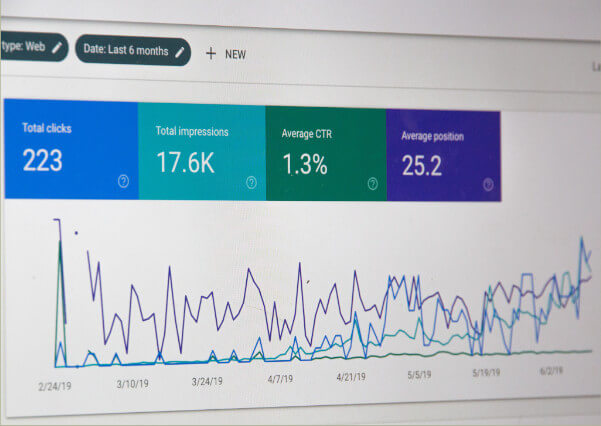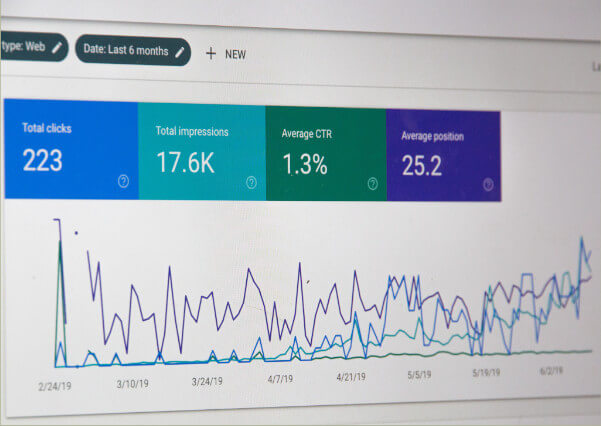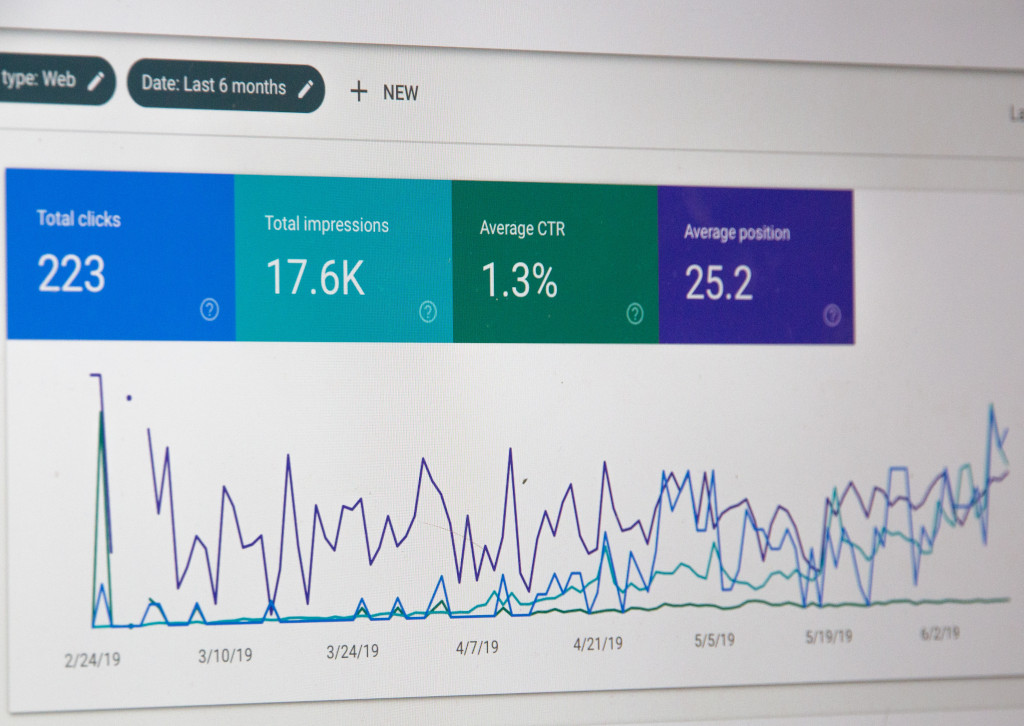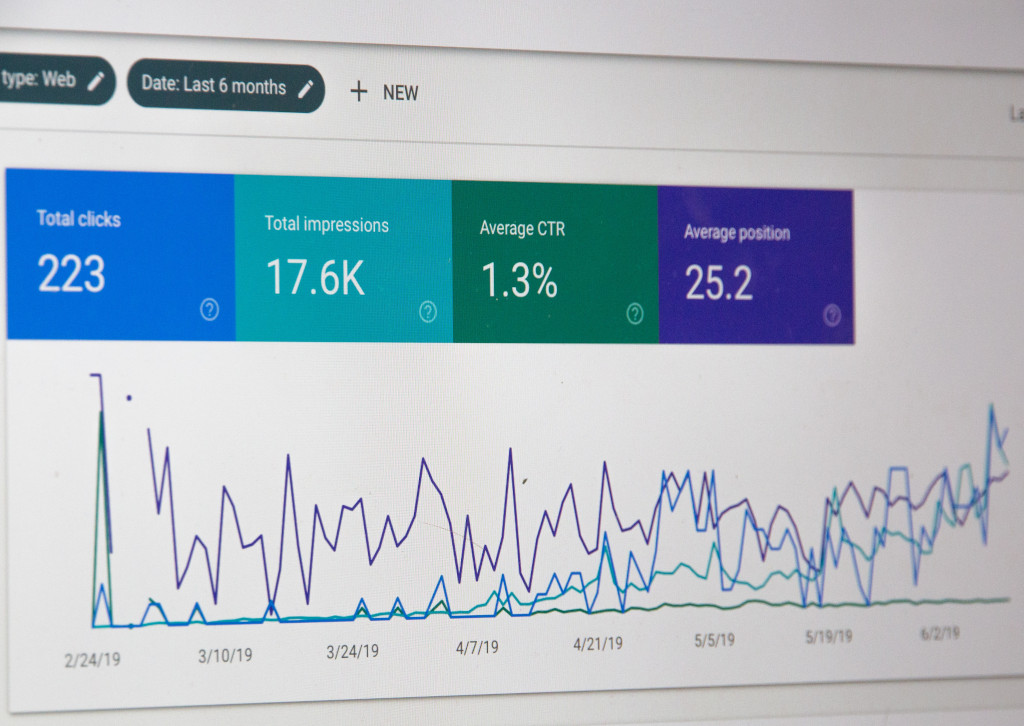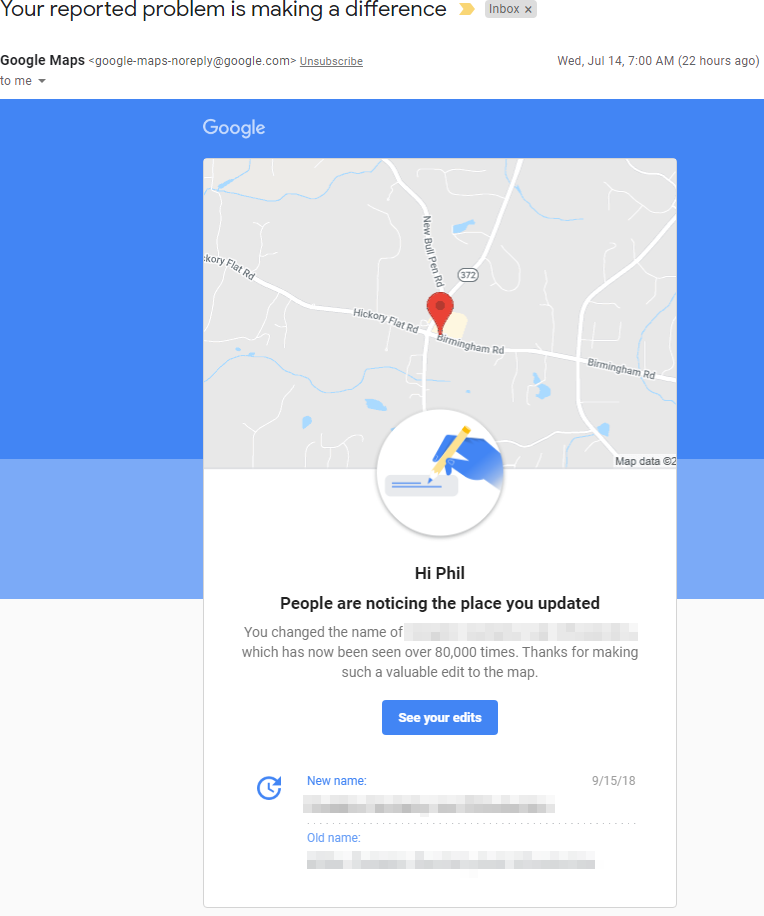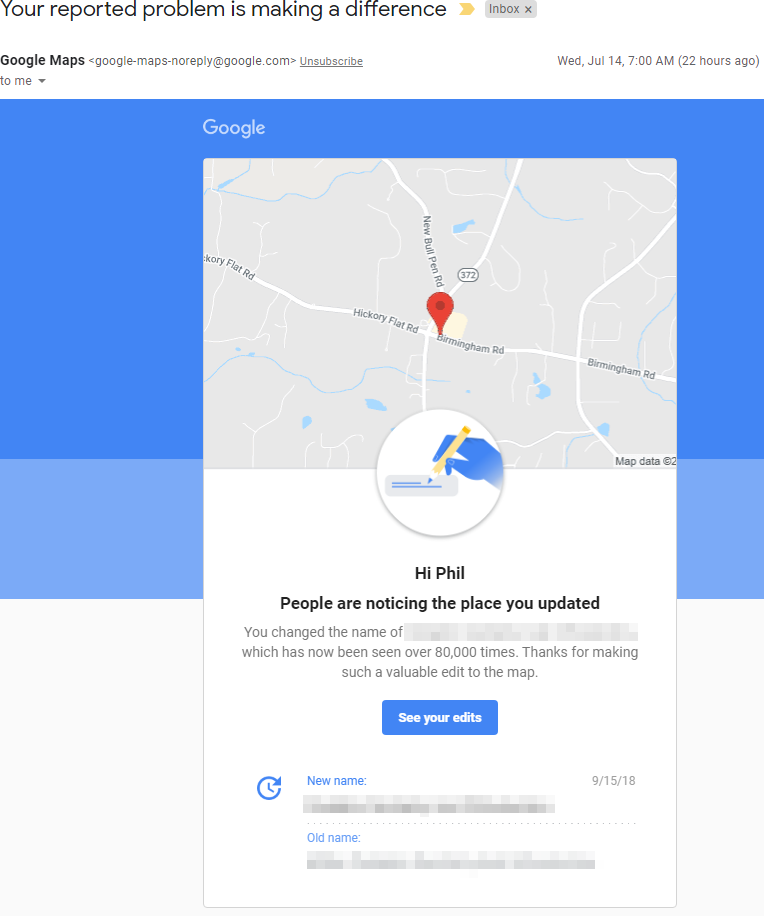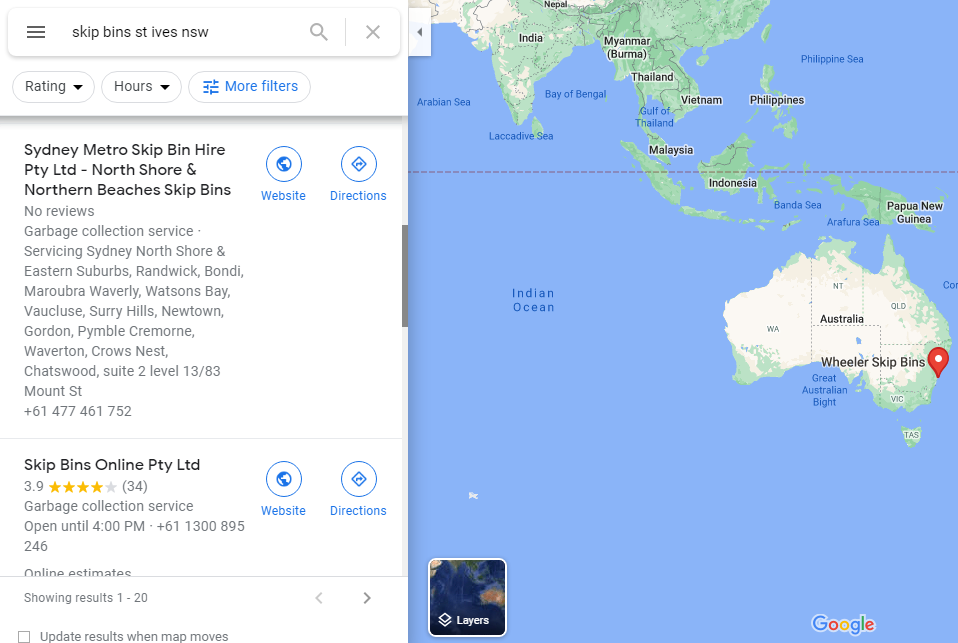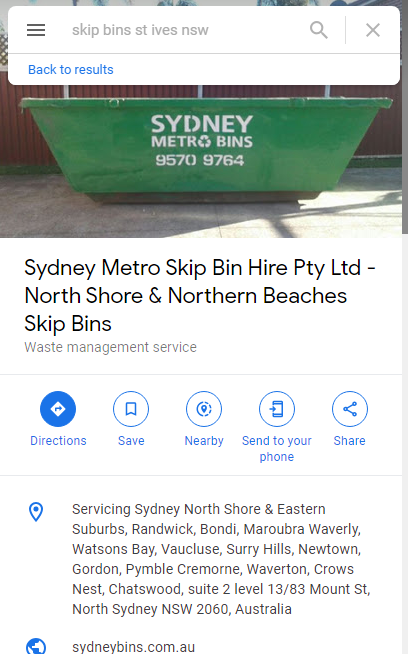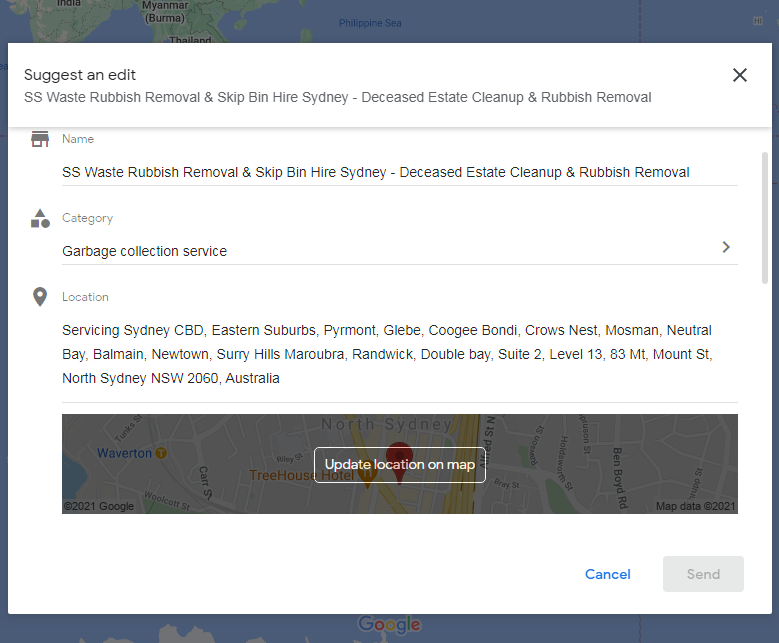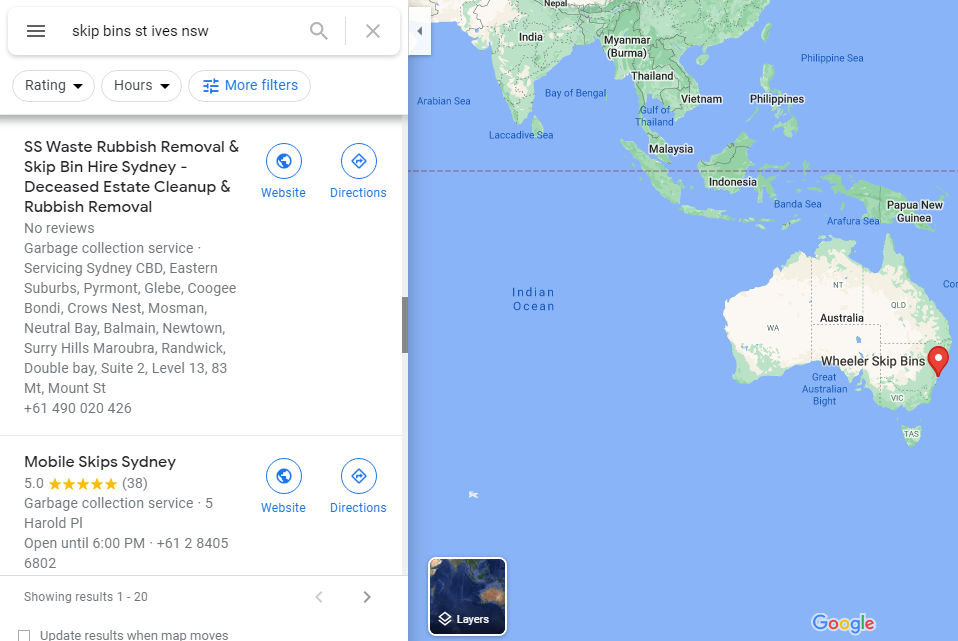Web development is a broad field that encompasses technical elements like coding and programming as well as more creative aspects like design and user experience. It also involves planning and testing.
Websites are stored on servers, which connect to a giant network called the Internet. Browsers are programs that load websites from these servers. The front end of a website is made using HTML, CSS, and JavaScript. Visit https://www.rankboss.com/ to learn more.
HTML is the foundation of every website. Its code consists of tags that indicate how web browsers should display page elements, such as text and hyperlinks. It also makes it possible to create and structure paragraphs and sections in a document.
HTML was first developed in the 1990s. It is the bare minimum of what is needed to make a website. It is possible to make a complete website using just HTML, but it would not be very attractive. It is best used as a base to add style and functionality using other programming languages, such as Cascading Style Sheets (CSS) and JavaScript.
Websites are stored on servers, which are computers connected to a giant network called the Internet. To view a website, a user needs a special computer program called a browser. This program translates the files of a website into a format that the user’s computer can understand. The browser then sends this information to the server, where it is displayed to the user.
A well-designed website can be a game-changer for any business. A site that loads quickly and looks modern can reel in new customers, while a site that is difficult to navigate or has outdated content can cause businesses to lose sales. For this reason, web development is a growing field with many career opportunities. It can seem daunting to jump into the world of web development, but a little bit of knowledge can help you get started. Web developers are broken down into two groups: front-end and back-end. The front-end developers are responsible for design and layout, while the back-end developers take care of functionality and interactivity.
CSS
CSS is a web development language that allows developers to create and customize the look of their websites. It is also a key component of responsive design, which ensures that websites are mobile-friendly and accessible on any device.
Prior to the introduction of CSS, formatting HTML text was a long and labor-intensive process. CSS has enabled web designers to add distinct layouts, animations, and typography designs to their websites, which have made them more appealing and user-friendly. This has reduced the overall time and cost of web development, making it a valuable tool for businesses.
In addition to providing a more appealing aesthetic, CSS is also useful for making websites more functional and user-friendly. For example, it can be used to create a grid-based layout that adjusts to different screen sizes. It can also be used to specify the size of the text and its fonts, as well as the colors and backgrounds that will be displayed on the page.
As a web developer, it is important to be familiar with the latest trends in technology. New languages and tools are constantly being developed, and it is important to stay up-to-date on these changes. This will allow you to develop websites that are current and appealing to your target audience. It is also a good idea to attend webinars and conferences to keep abreast of the latest developments in web development.
Web development is an interesting and rewarding career path, but it requires a lot of hard work and time. To start out, you’ll need to master the basics of HTML and CSS. From there, you can work your way up to more advanced concepts such as front-end frameworks and libraries. There are plenty of online resources that can help you learn these concepts, such as the free 5-day coding course from CareerFoundry.
JS
JS is one of the most powerful tools in a web developer’s toolbelt. It allows developers to create interactive and dynamic websites that make the internet more enjoyable. It is used for a wide range of applications, including mobile development and gaming. JS also has a number of ready-to-go frameworks and libraries that can save a lot of time and money for a developer.
Basically, JS is the engine that makes the web work. It is the client-side scripting language that powers all major browsers. Web pages are written in HTML, which the JavaScript engine translates into a visual display on the screen. It also has the ability to interact with the Document Object Model API, or DOM, of an HTML page.
JavaScript was invented in 1995 by Netscape programmer Brendan Eich and was originally named LiveScript. It was renamed in 1996 to capitalize on the popularity of the Java programming language. Unlike other programming languages, JavaScript is interpreted, which means it doesn’t need to be compiled before it can run.
It is a general-purpose programming language that includes multiple features, such as variables, operators, comments, and events. It can be used to perform calculations, network requests, concurrent tasks, and more. It can even be used to create digital art.
Web application development is another popular use for JS. It can be used to create complex web applications that run in a user’s browser, which is more efficient than running an entire server-side application. It is also used to create games on the web, such as Tower Building, CrossCode, and HexGL. The combination of JS and HTML5 has allowed the creation of complex games without the need for additional plugins like Flash.
PHP
PHP (Hypertext Preprocessor) is an open-source programming language used to create dynamic web pages and applications. It is easy to integrate with CMS programs and is highly compatible with most Web servers. It also offers fast load times for websites, making it a great choice for businesses looking to create a modern, feature-rich experience for their customers.
While new programming languages have emerged, PHP remains the most popular and flexible web development tool. It is a server-side scripting language that can be embedded in HTML and can connect to databases, allowing web developers to make interactive content. It is known for its scalability and speed, which makes it ideal for creating websites that require database connections.
Compared to other scripting languages, PHP is relatively easy to learn and use. It is also platform-independent, meaning that it can be used on any operating system. In addition, it is compatible with all major Web servers. Furthermore, PHP code is short and easy to read, and it comes with many tools that help you understand your website’s performance and make improvements.
In a digital world where users have an attention span of just 6–8 seconds, website speed is crucial to your business’s success. A slow website will drive visitors away and cause them to search elsewhere, so it’s important that your site is built on a strong foundation. PHP offers a wide array of frameworks that allow you to build solutions in less time than traditional coding. These frameworks are ready-made templates that provide different types of functionalities for your website or application. They include features such as security, form handling, data processing, and more.
MySQL
MySQL is one of the most popular database software platforms. It is used on countless consumer-facing websites as well as business-critical B2B services. Its open-source nature, stability, and rich feature set, paired with ongoing development from Oracle, have made it the choice of many web developers and organizations.
MySQL provides users with a powerful and secure database that can handle large amounts of data and is easy to use. It has a wide range of features, including SQL querying, replication, partitioning, and multi-site support. It also supports Java databases through a JDBC driver, which enables web applications to communicate directly with a MySQL server using Java code understood by the database server.
The power and versatility of MySQL make it an ideal choice for any web application. However, it is important to consider the needs of your web application before deciding which type of database is best suited for it. Depending on the complexity and amount of data required, different types of databases may be better suited to specific tasks.
MySQL is a relational database management system (RDBMS) that runs on Linux, UNIX, and Windows. It uses Structured Query Language (SQL) as its primary query language. Its popularity is mainly due to its availability on many platforms, its high performance and scalability, and its security features. In addition, it is compatible with a variety of programming languages and systems, making it a highly versatile option. This makes it a good choice for businesses looking for an affordable way to develop their Web applications. It is also a great option for individuals who want to create e-commerce sites and other database-driven websites. It is important to remember that the database must be closed when you are done using it to free up resources.






